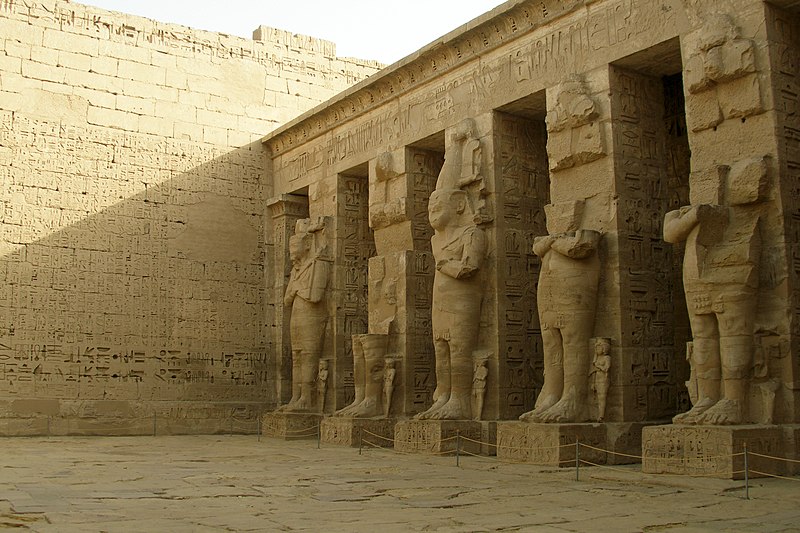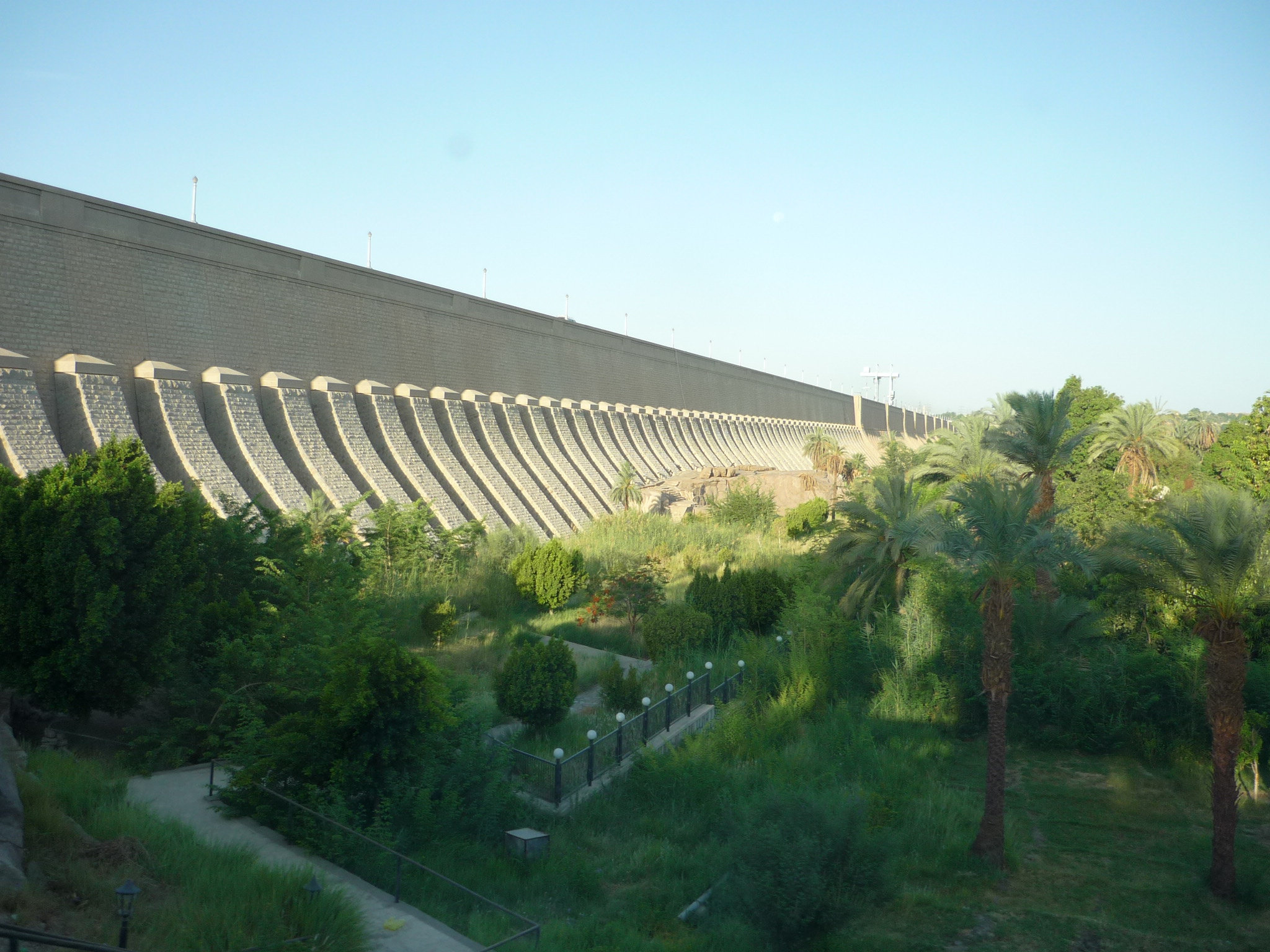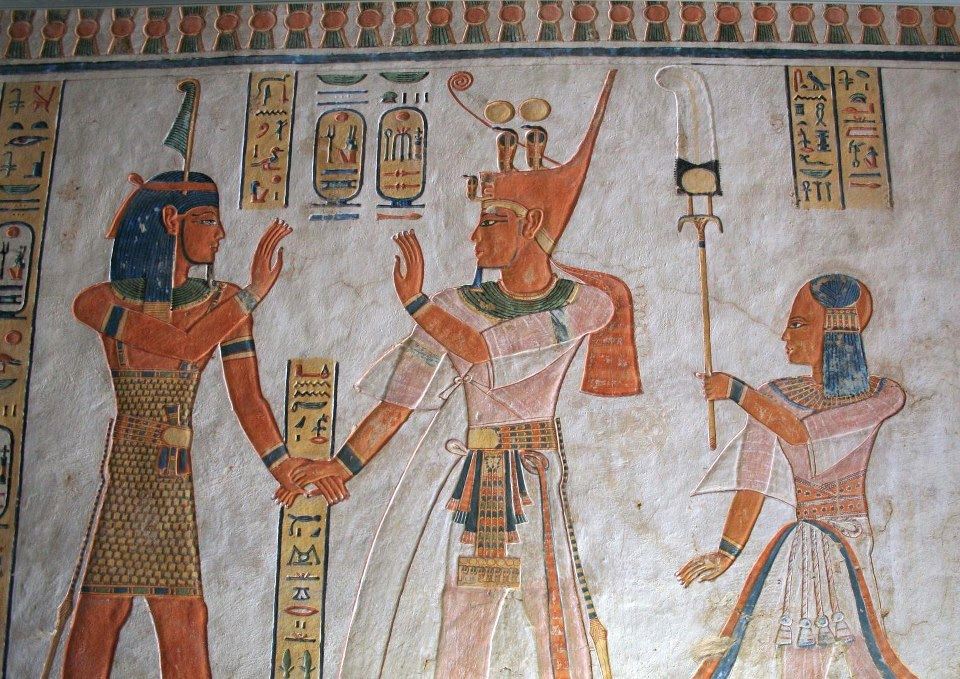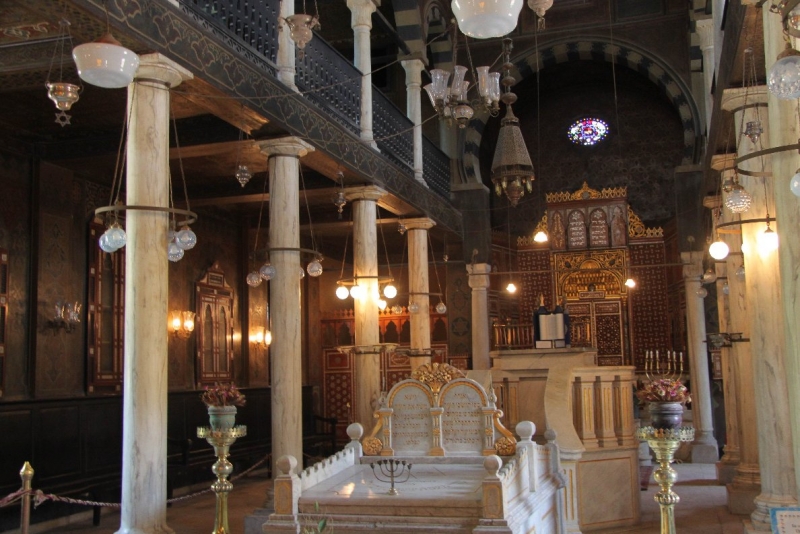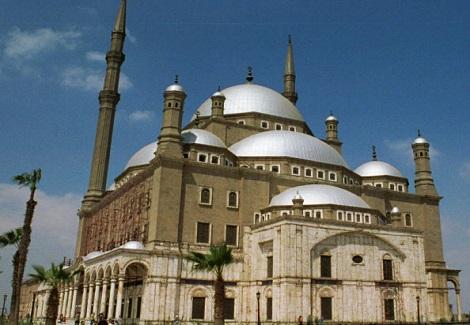
The Temple of Ramesses II, located in Abu Simbel near Lake Nasser, is one of Egypt's most iconic monuments after the pyramids of Giza. Commissioned by Pharaoh Ramesses II during the New Kingdom, this grand structure was carved directly into the rock to signify Egypt’s dominance and power, particularly at its southern border with Nubia.
The temple's facade features four colossal statues of Ramesses II, each towering at 20 meters, making them the largest surviving sculptures of the pharaonic era. These statues, along with intricate interior carvings depicting the pharaoh's military victories, symbolized Egypt's strength and the divine authority of its ruler.
In the 1960s, the entire complex was relocated to higher ground to protect it from flooding caused by the construction of the Aswan High Dam. Today, Abu Simbel continues to awe visitors as a testament to ancient Egypt’s architectural and engineering prowess.


